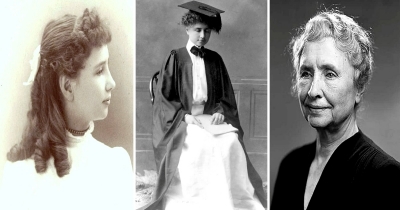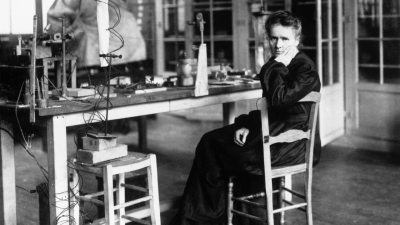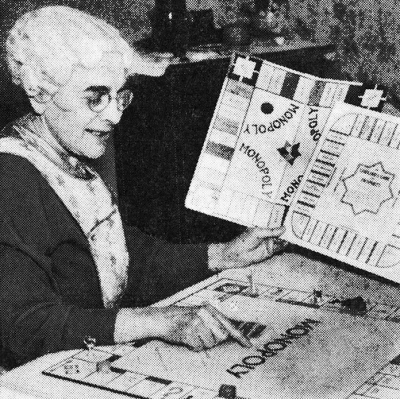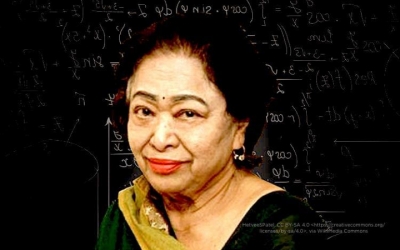Who was the first blind and deaf person to earn a Bachelor of Arts degree?

Helen Keller was the first deaf blind person to earn a Bachelor of Arts degree, graduating from Radcliffe College, Massachusetts, in 1904. Her autobiography, The Story of My Life, written during her junior year at Radcliffe has been translated into 50 languages and remains in print to this day. She is remembered as an advocate for persons with disabilities, while her life story continues to be an inspiration to millions across the world.
Despite the fact Helen was virtually unable to communicate; her parents were determined to find a tutor for her because they believed she could learn. They finally met Anne Sullivan, and their hopes were fulfilled. Anne herself was partially blind, but she learned the manual alphabet while she was a student at the Institute.
Anne Sullivan taught Helen the manual alphabet by pressing the handshapes into Helen’s palm. Helen was soon able to read Braille and write with a special typewriter. Helen also eventually learned to speak by feeling Anne’s throat as she spoke and imitating the vibrations. Helen made history in 1904. She was the first deaf and blind person to graduate from college. She graduated from Radcliffe College with honors. Speaking about war, capital punishment, and child labor, Keller lectured all over the world for most of her life. As a champion for people with disabilities, she provided inspiration for those who might have otherwise lost hope.
Anne Sullivan was a constant companion to Helen until her death in 1936. At the age of eighty-eight, Helen died in 1968 in Westport, Connecticut.
Helen is truly an inspiration to all people–not just people with disabilities. She proves that anything can be accomplished through hard work, dedication, and faith.
Credit : Start ASL
Picture Credit : Google



